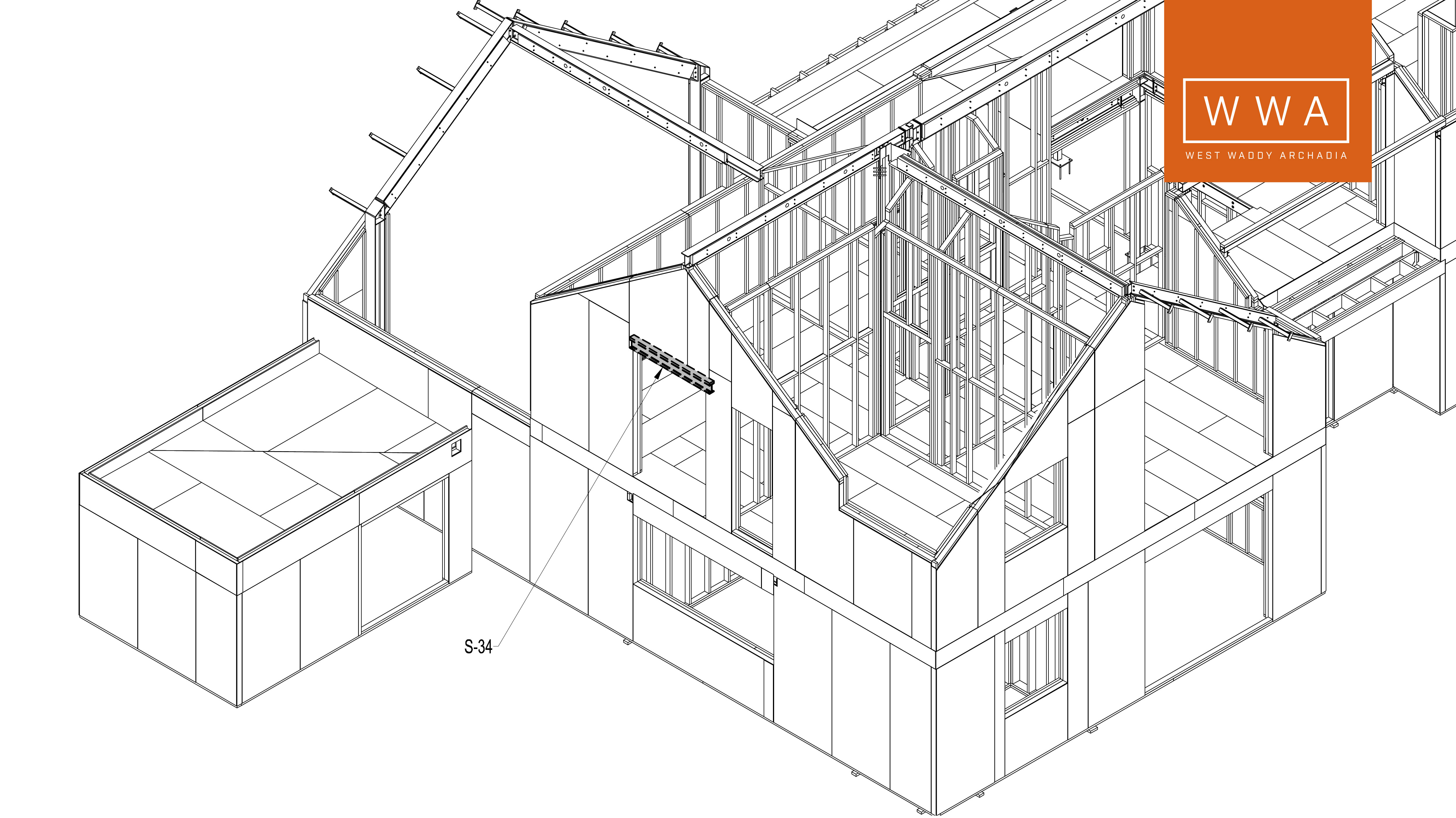Do we need a Modern Method of Planning for MMC to really work?
Many construction and consultant frameworks encourage the use of MMC, but with recent high-profile closures of modular home factories by L&G and House, is the current planning system to blame?
Earlier this month L&G announced the closure of their modular homes factory. They pointed to an insecurity of pipeline as the reason for being unable to create a sustainable business and pinpointed long planning delays as one reason for this insecurity. The halting of production at the Yorkshire factory comes one year after the collapse of House by Urban Splash, Sekisui House and Homes England which was partially attributed to the underutilisation of the factory.
As context, Jaguar Land Rover produces 1,850 cars a day at its Solihull plant – if one factory constructing modular homes hit the same rate this is over double the 300,000 homes targeted by the Government.
MMC and in particular modular construction, requires a fundamental change in the traditional design process to maximise its benefits. An increased amount of detailed design must take place earlier in the process and as a result, drawings submitted as part of the planning application stage have to take into account the tolerances of a particular manufacturer’s system. Alterations to the design because of comments received at the planning application stage have to follow the same set of rules. The reason for the limited flexibility is to ensure efficiency within the factories.

What is the current planning context?
Unbelievably, MMC is not mentioned once in the National Planning Policy Framework in its current guise or in the proposed reforms consulted earlier this year. It is mentioned in some Local Plans, however, MMC needs to be considered at a national level to satisfy the scale required for sustainable production.
What about housing policy?
The Housing White Paper included a commitment to look in more detail at how the planning system works for developments that use MMC. We are still waiting for this ‘look’. All evidence points to it not working, given the recent halting of production.
Surely a specific inquiry would suggest a shake-up of the system?
An inquiry by the Housing, Communities and Local Government Committee into Modern Methods of Construction concluded that, in reference to the planning system, ‘no major changes are required for MMC specifically’. It is hard to fathom how this conclusion was reached given that a completely different approach is required to make MMC viable at scale.
The Levelling up and the housing challenge, published in 2021, by the Building Back Britain Commission, a group of leaders in the construction sector, called for explicit targets of modern methods of construction for new housing. This is a good conclusion; however, the planning system needs a total change prior in order for achievable targets to be set for delivery.
The reality on the ground is the planning system is growing ever more complex with a long lead in times owing to technical information required upfront. This combined with unknown decision periods makes achieving a planning permission in a predictable timeframe extremely challenging. Should a project reach a point where it receives an officer recommendation for approval, even this is no guarantee of a favourable decision with a scheme of any significant scale going in front of an elected committee where the decision often comes down to local politics. The uncertainty within this process makes mass production nigh on impossible.
What is the solution?
Nationally approved house types would speed up the process and provide greater certainty of delivery. In planning there is an impetus for housing design to reflect local vernaculars, but this is holding MMC back. There must be an acceptance that we need to build more homes, quicker to meet the housing needs in the country. Therefore, a standardised design would improve the operational capabilities of factories that can build houses quicker to meet the need.
Standardised house types do not have to be at the expense of quality. In fact, the quality of the approved house types should be higher with energy performance can be set to Passive House levels as standard. Furthermore, they do not have to be at the expense of placemaking with clever urban design coming to the fore and providing the local aspect of the scheme.
How would this reduce time at planning?
Approved house types would significantly reduce the amount of information that forms planning submissions. For example, there would be no need for fire reports and energy reports as the house type would need to have certification approving these aspects already. This would reduce the lead in time to making an application.
It would also take away the ability to have subjective design assessment from officers and then the committee leaving only technical aspects of the application to be reviewed. This would considerably simplify the planning officer’s job.
Furthermore, it will result in the abolishment of pre-commencement conditions which are often about materials and construction methods which would be standardised. This would further save time and provide certainty of delivery post-planning approval.
Conclusion
There will still be a place for bespoke architectural design and MMC construction methods are not going to be the correct choice for all sites, however, if the Government wants MMC to deliver the volume of houses required to meet targets the planning system needs to be revamped on a national level to accommodate this technology. Approved house types offer a simple solution to speeding up the planning process and providing greater certainty of pipeline. It is time to operate differently in the construction sector and design a planning system that embraces mass production.
Written by Mark Slater – Design Director




